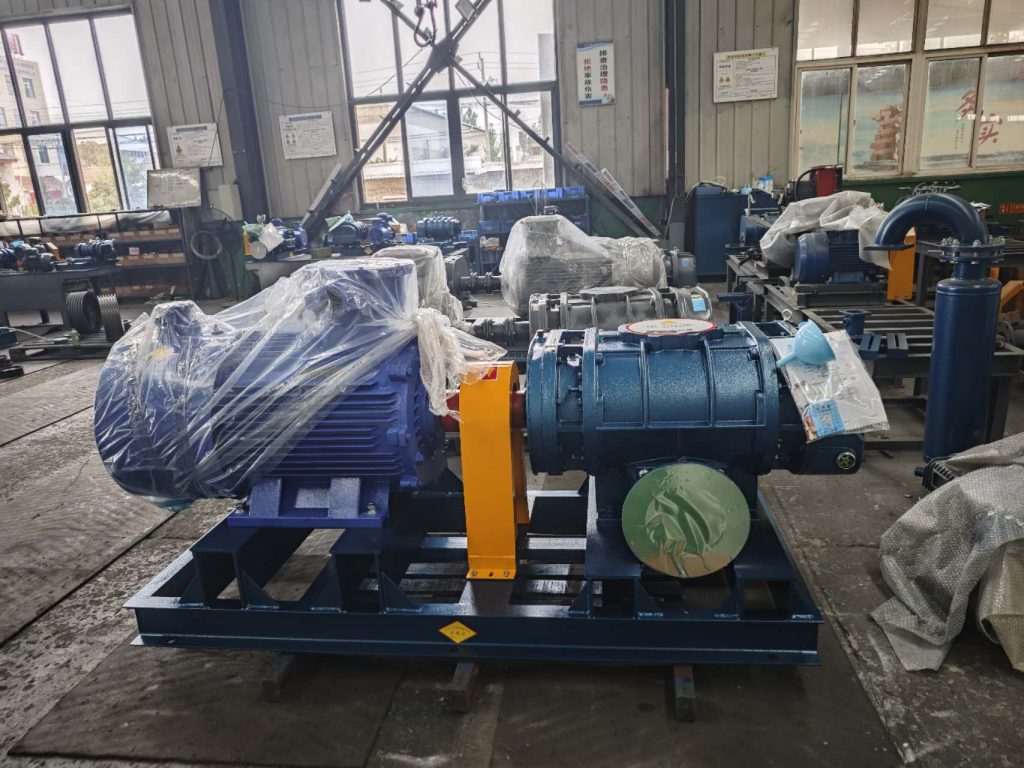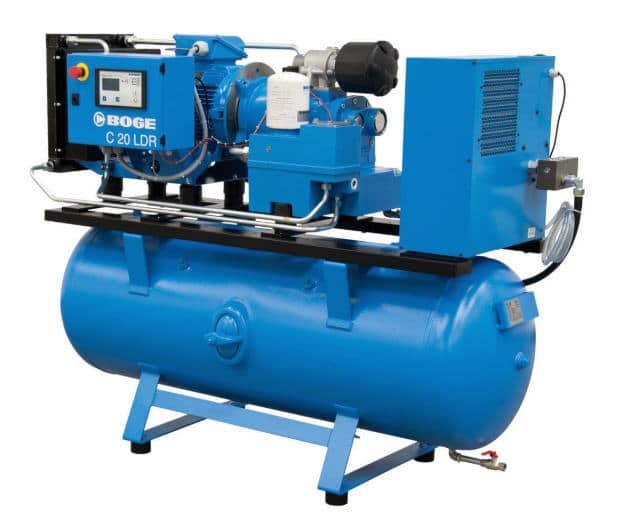Roots blowers and compressors are both devices used to generate gas pressure, but there are some important distinctions between them. These differences make them suitable for different applications.

- Different Working Principles
- Roots blowers are positive displacement devices that use two meshing rotors to draw in and discharge air.
- Compressors use mechanical devices such as pistons, turbines, or screws to compress air or gas.
- Pressure Ratio Differences
- Roots blowers typically have a pressure ratio between 1.2-2.5, suitable for medium pressure applications.
- Compressors have a higher pressure ratio, often ranging from 10-40, suitable for high-pressure applications.
- Flow Efficiency Differences
- Roots blowers have a higher volumetric efficiency, generally above 90%.
- Compressors have a slightly lower volumetric efficiency than blowers, typically in the 80-90% range.
- Application Domains
- Roots blowers are widely used in ventilation, pneumatic conveying, aeration, and other medium-pressure applications.
- Compressors are primarily used in refrigeration, gas separation, air tools, and other high-pressure applications.

In summary, roots blowers and compressors each have their own advantages and are suited for different industrial scenarios. When selecting a gas pressure-generating device, the specific application requirem


